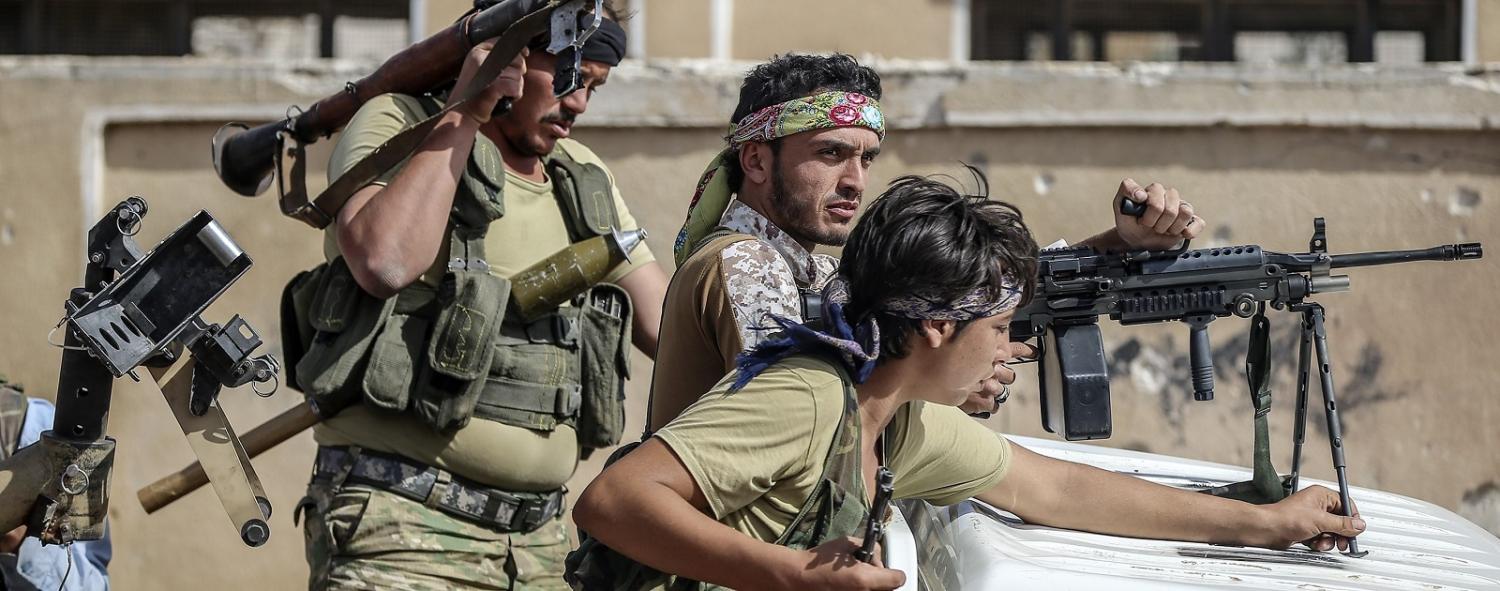Last week’s confirmation that the CIA-run program to vet and arm Syrian rebel groups in the north of the country was coming to an end was a tacit acknowledgement of the flaws in the scheme. It should also have come as little surprise as, if there has been one thing that Trump has been consistent about, it has been his view of the priority in Syria. Trump has tried to simplify what is a complex conflict by saying the focus was on the defeat of Islamic State and that essentially everything else (including regime change) was secondary to that. As to his view of the CIA-run program of training and arming rebel groups, Trump told The Wall Street Journal last year: 'Now we’re backing rebels against Syria, and we have no idea who those people are.'
There are two main views as to the efficacy of the decision to pull the plug on the program. One group protests that such a move yet again cedes Syria policy to Russian (and Iranian) interests and that this represents a ‘loss’ for Washington. The other argues the decision strengthens the hands of Islamist groups, even though there is little evidence the US-backed groups were much of an ameliorating factor on their behaviour. In one Washington Post opinion piece, Trump was accused of trading US leverage (such as it is or was) for nothing.
The reality is that it had been difficult to roll out the program effectively in the chaotic environment of northern Syria. The legal obligation to limit the flow of arms to a conflict zone where end users couldn’t be absolutely guaranteed, shifting loyalties, and unrealistic expectations on the part of the rebels all conspired against its success. Add to this the entry of Russian forces to guarantee their interests in Syria (which have been, still are and will likely remain much greater than Washington’s), and it was inevitable the program would end. If a policy designed simply to achieve a stalemate and force parties to negotiate a political solution is faced with a situation where it can’t achieve that aim, then all that remains is a policy that continues to provide the military means to kill people without the likelihood of a political solution resulting from those actions.
Naturally advocates of the program can always offer a ‘coulda, woulda, shoulda’ retrospective, but in some cases programs with either uncertain, or even impossible aims (trying to apply just enough pressure - but not too much - while also striving to account for all weapons even though the CIA didn’t control them was always too big an ask) just can’t succeed. Still, there were reasons at the time for trying it, perhaps the most convincing of which was trying to corral cashed-up Gulf states with little care for end users, or Turkey’s laissez faire approach to border control, into some semblance of systematic (read controlled) support.
Of course, while it appears the armament tap is being turned off in the north, it may well continue in the south where a separate dynamic exists given the concerns over the proximity of pro-Iranian groups close to the Israeli border. A local ceasefire brokered with the help of the Russians (although Washington is at pains to say this event was not linked to the cessation of the CIA arms pipeline) appears to be holding relatively well. But as this lengthy but worthwhile piece argues, while killing off the fatally-flawed arms program may well make sense, there is a strong argument for Washington to maintain a line of non-lethal humanitarian support to those same groups. It’s the least it can do after all.

